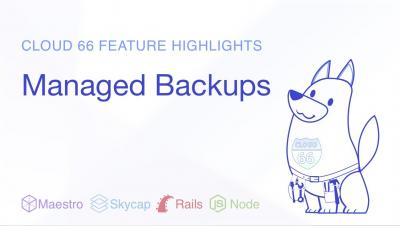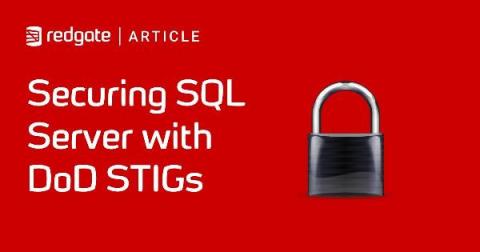Operations | Monitoring | ITSM | DevOps | Cloud
Databases
The latest News and Information on Databases and related technologies.
Performance Tuning in MySQL
MySQL is an open source database application that creates meaningful structure and accessibility for large amounts of data.. But, with large data comes performance issues. This article will give you performance tuning in MySQL tips in order to boost its performance.
Customer tips for improving productivity with Redgate products
Grafana - How to read Graphite Metrics
Before getting started on how to read Graphite metrics, let us first dive into understanding what Grafana is all about. In a nutshell, Grafana is an open source analytics and monitoring solution, developed and supported by Grafana Labs. It allows you to query, display graphs and set alerts on your time-series metrics no matter where the data is stored.
Cloud and On-Premises Database Monitoring Best Practices
Data Masker Headscratchers: Deterministic Data Masking
Cloud 66 Feature Highlights: Managed Database Backups
Using the SQL Change Automation PowerShell cmdlets with Jenkins
Securing SQL Server with DoD STIGs
8 Crucial Database Performance Metrics
What are the most important database performance metrics, and how do you monitor them? This is a question many IT professionals would like the answer to. We can collect and use a wide range of database metrics to analyze database and server resource consumption, not to mention overall usage. You are probably wondering why this is essential for business, so let’s explore this next.











